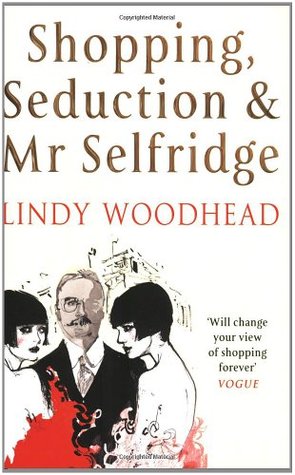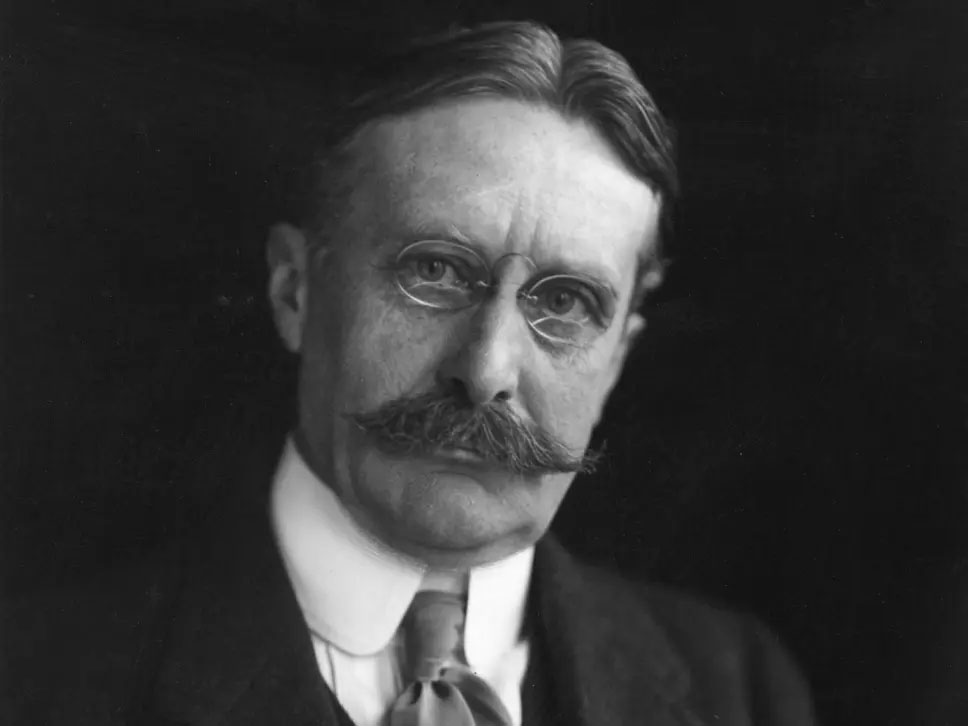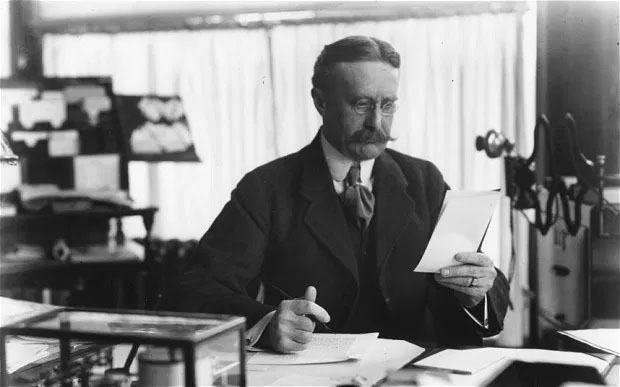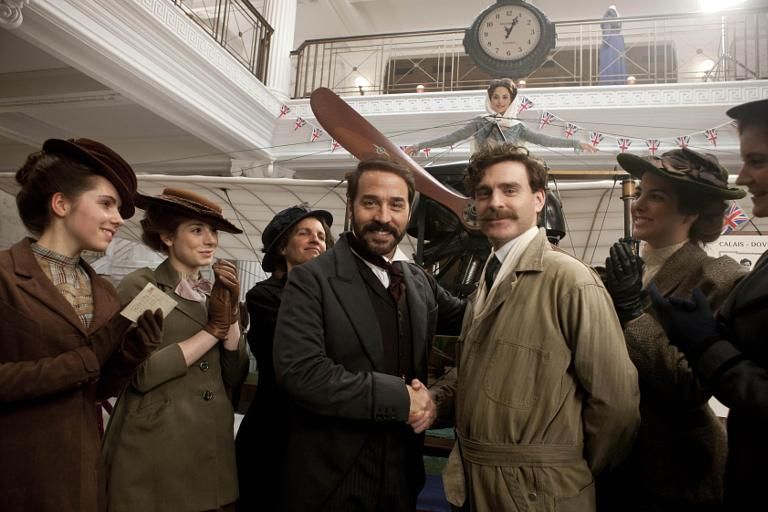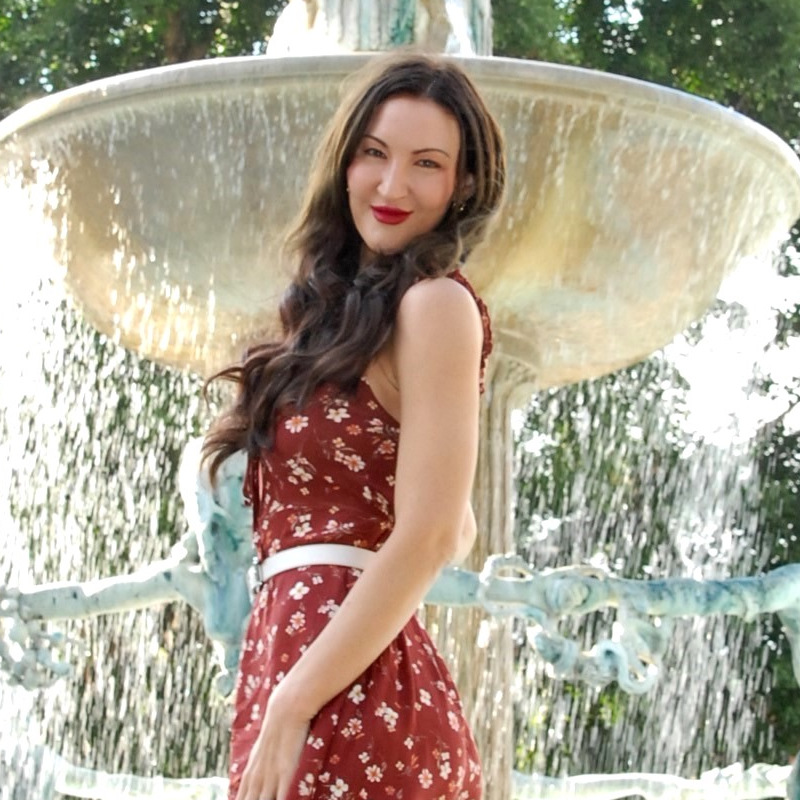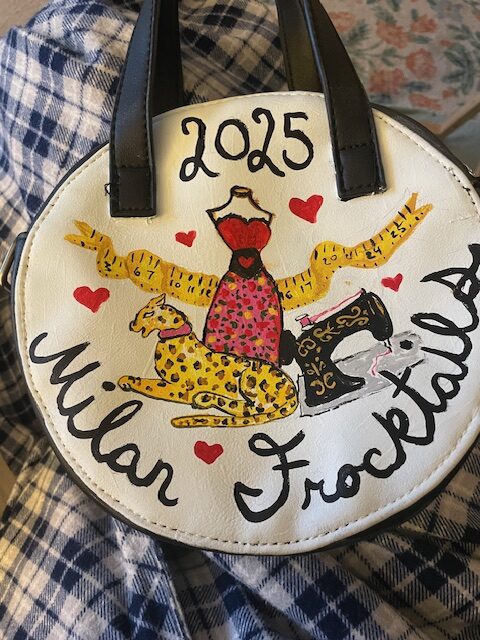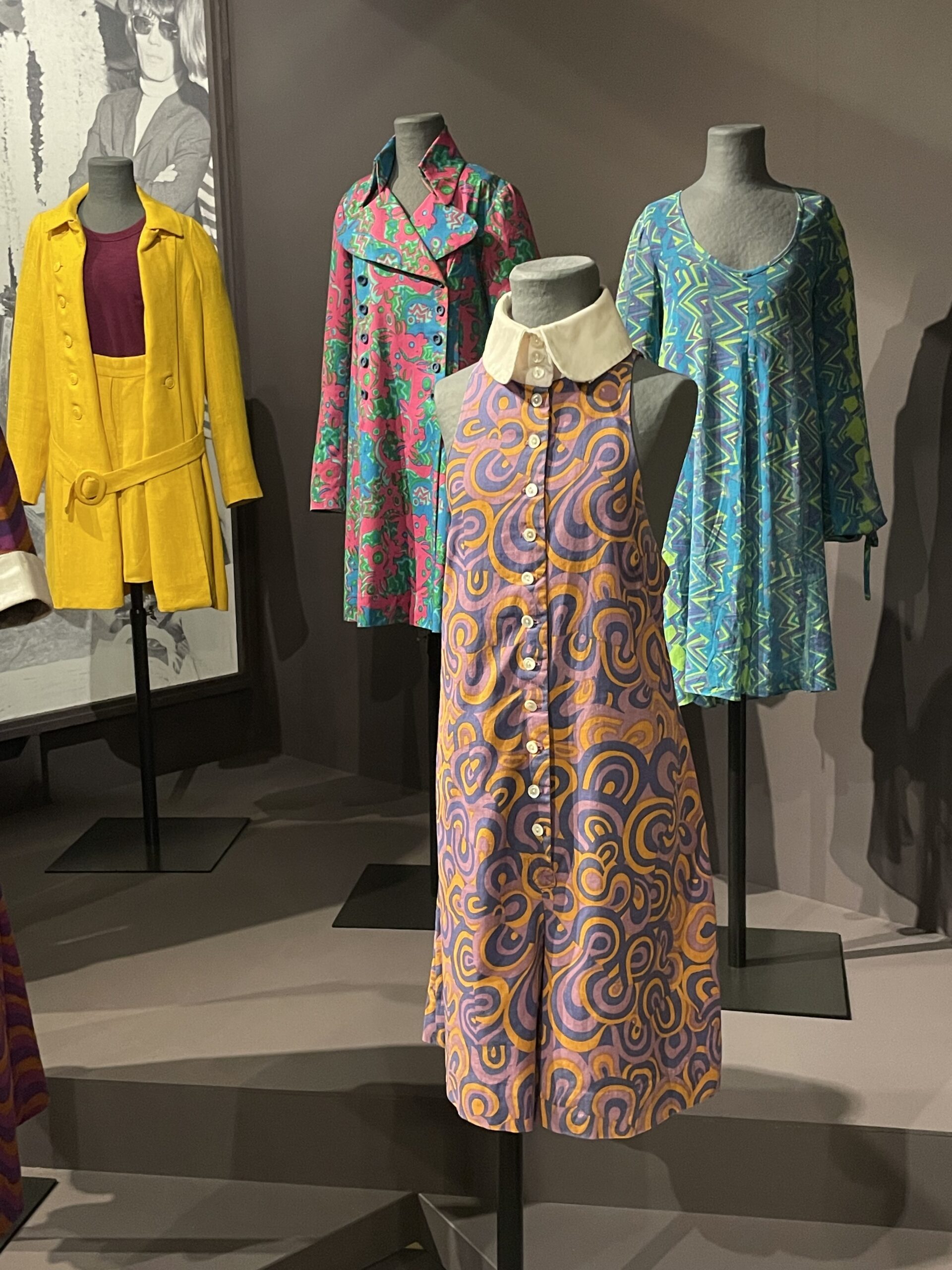Today I want to tell you about a discovery that has added so much value to my daily enjoyment in both book form, and as video entertainment. The discovery is that of “Mr. Selfridge”.
One year ago I was experiencing Cunard’s Transatlantic Fashion Week on the Queen Mary 2, when I had the pleasure of attending a lecture by Lindy Woodhead. If you follow my blog, you may recall I wrote a post about how much I enjoyed the book she wrote, War Paint: Madame Helena Rubinstein and Miss Elizabeth Arden: Their Lives, Their Times, Their Rivalry . When I finished that book, I was so impressed, I read another book she wrote called, Shopping, Seduction, & Mr. Selfridge.
The Book
You may be wondering who is Mr. Selfridge? Harry Gordon Selfridge was a charismatic, finely polished, American Capitalist entrepreneur with a “rags to riches” story. His father left him and his mother when he was a boy, and Harry gained employment at Marshall Fields in Chicago as a stock boy. Within the 25 years employed at Marshall Fields, his ingenuity, hard work, and sparkling personality allowed him to advance to become a business partner with Marshall Field himself. After his retirement, Selfridge set his passion and vision on creating a magnificent retail emporium in Edwardian London, and in 1909 he opened Selfridges on Oxford street (a not-so-fancy area at the time). Selfridge broke retail shopping norms in London. For example, it was highly frowned upon to “window shop” in a store at this time. If you came into a shop, it was expected you would buy something. I am sure the pressure to purchase was so heavy in the air, that a person could hardly stand it. Selfridge created an entirely different, welcoming, leisurely experience for shoppers of all income levels. He wanted shopping to be pleasurable and entertainment. As the store was approaching it’s grand opening, he created a series of spectacular advertisements to generate buzz, in fact, it was the largest advertising budget ever seen in London at that time. Here is an excerpt from one,
“We wish it to be clearly understood that our invitation is to the whole British Public and to visitors from overseas- that no cards of admission are required – that all are welcome- and that the pleasures of shopping as well as those of sight-seeing begin from the opening hour.”
Harry was kind of like the P.T. Barnum of retail, and in this book there are many examples of why I say that. You will get a thrill reading about all the exhibitions and spectacles he created, to promote his store. Essentially he was a showman. Everything was over the top. Everything was always beyond expectation, and lavish amounts of money were spent. He built a very successful and innovative business. He walked the store daily, and if he found dust on a counter, he would write his initials in it with his finger, signaling a message to his staff to clean it. He was tough on them and expected exceptional customer service, but he was incredibly fair, paying them much more than what was typical at the time. He exhibited servant leadership, and was dearly loved and admired by his staff. People were very proud to be employed at Selfridges. It was like a family, and many dedicated their entire careers there.
Here is a part of the book I will share, that shows you a glimpse at how he operated.
“Harry’s door was – in theory- always open for people who wanted to see him…In a move designed as much to unnerve people as to structure his time, he would place a large hourglass upside down the minute someone entered his office. Turning toward them with his vivid blue eyes fixed in a penetrating gaze, he would ask “What can I do for you?” Fifteen minutes, he reasoned, was long enough for most issues. It wasn’t so much “time is money, ” more that “time was precious”. He was fixated by it. He was fifty-three. He wanted to be thirty again.” (page 92)
Having said how successful and disciplined he was in his work, there was another story line in his personal life. Oh Harry! What a mischievous man! He was not prudent with his money, or with romantic whims. He was involved in gambling and living on the edge, always about to lose it all if he wasn’t careful. He allowed the Dolly Sisters to become part of his “extended family”, and they were a real drain on him financially, and emotionally. If they won at gambling with his money he let them keep it, and if they lost, he would pay the bill. In an example of his extravagant moves to please them, read the below statement from the book:
“The two girls were seen in violet wigs and matching violet chiffon and net frocks, and photographed taking a much-publicized dip in swimsuits trimmed with waterproof ostrich feathers. The besotted Selfridge bought each twin a pair of four-carat fine blue diamonds, instructing Cartier to set them on the back of a pair of matching tortoises.” (page 221)
I think you can see, he eccentrically and fantastically, liked to spoil the ladies!
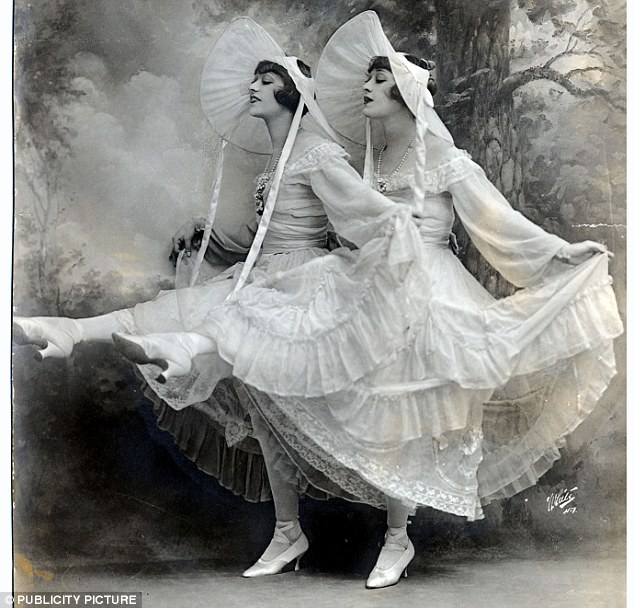
What do you think happened to him? You will have to read the book! I can tell you though, the Selfridge store still flourishes today in London! If you recall, it is on my list of things to do when you visit London.
The Masterpiece TV Series Mr. Selfridge
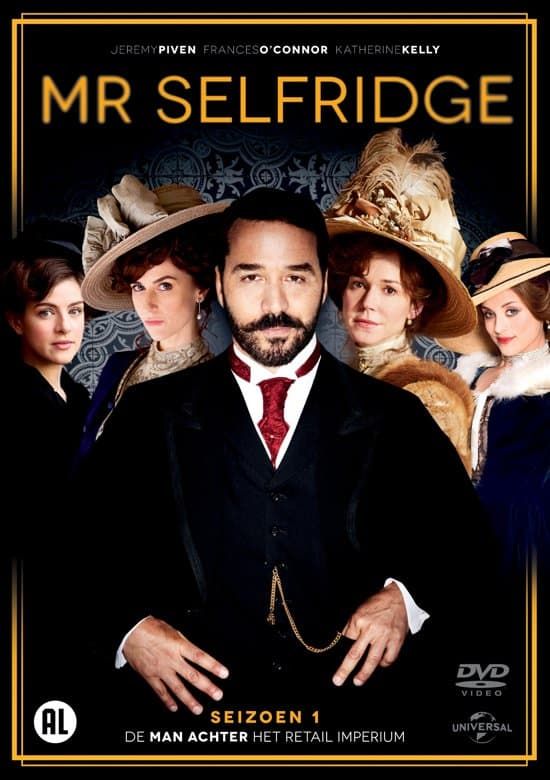
While I do encourage you reading the book, as it is highly researched and historical, my second suggestion, and one that has brought me many hours of suspenseful entertainment, is the Masterpiece TV Series inspired by the book. Jeremy Piven just nails the part of Mr. Selfridge with his sharp dressed costumes, his natural charm, and his projection of a highly powerful successful leader with innate personal weaknesses. The series begine in Edwardian times, and progresses through the 1920’s. Throughout the entire series I admired the choice of casting, the lush fashions, and the high quality of the production. This is a must-see historical drama.
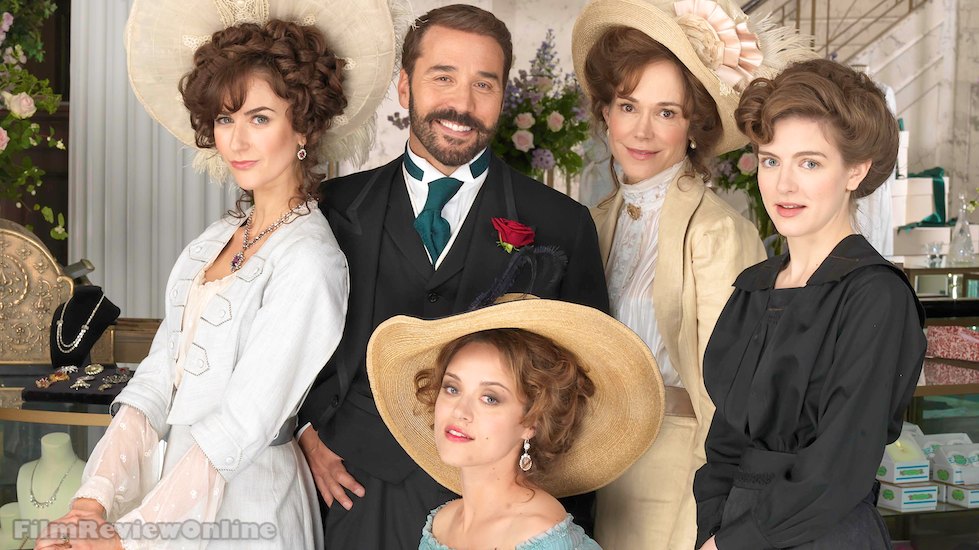
I personally checked out DVD’s at my local library to watch this series for free, but you can purchase the entire series or you can watch it on Amazon Prime Video.
This has truly been one of my favorite shows, and I hope you will end up finding it just as enjoyable if you end up watching it too. What other historical figures have you enjoyed reading about? What historical shows should I watch? Let me know your ideas in the comments.



